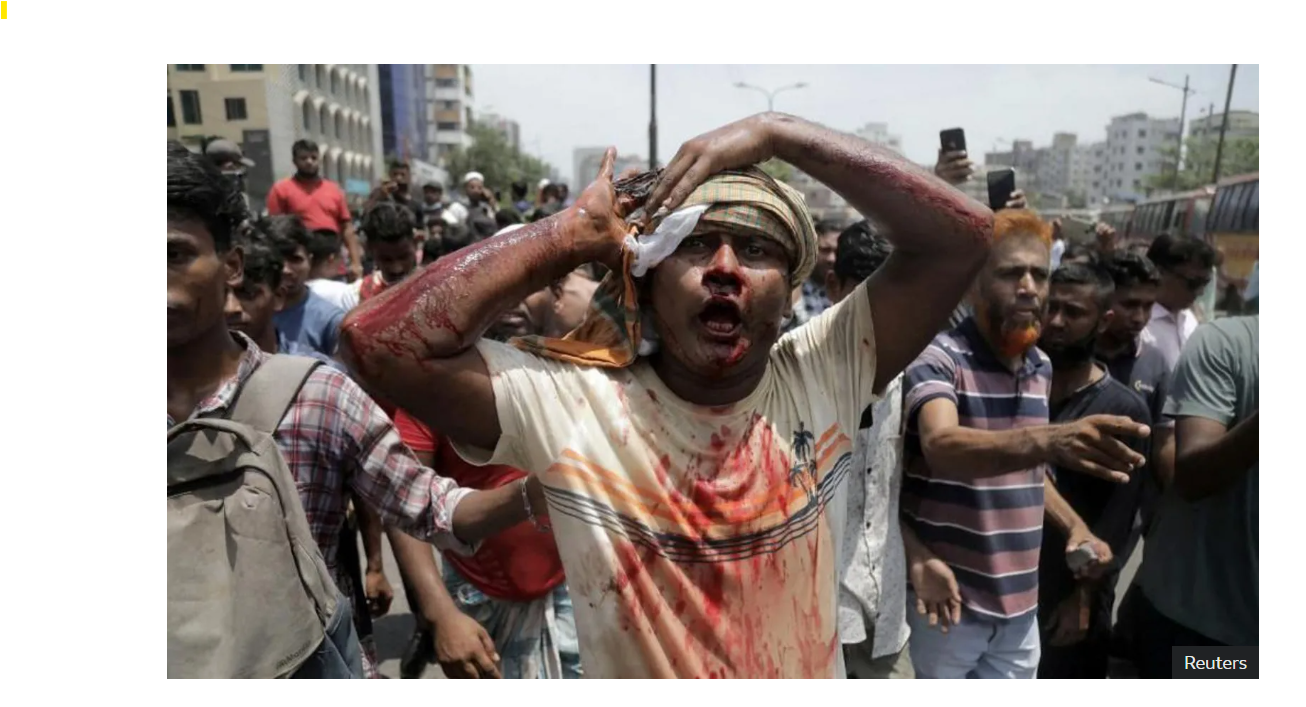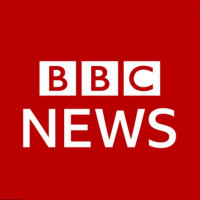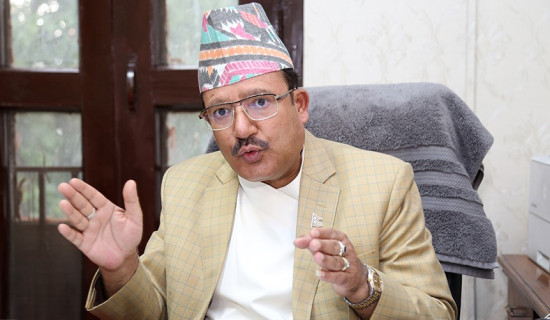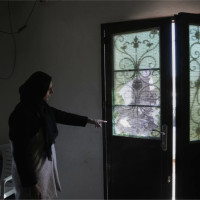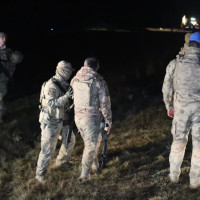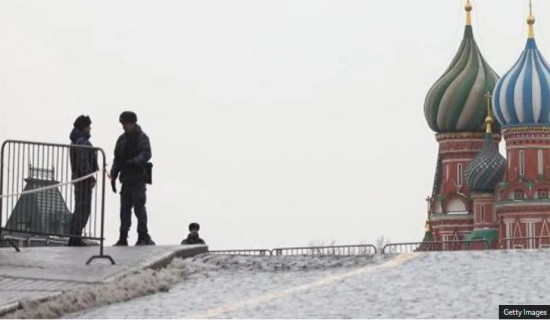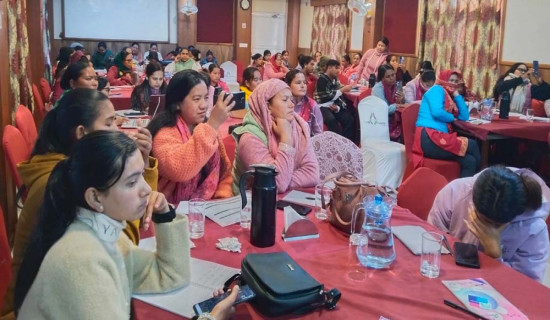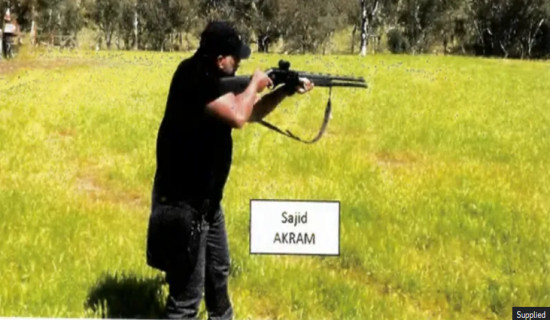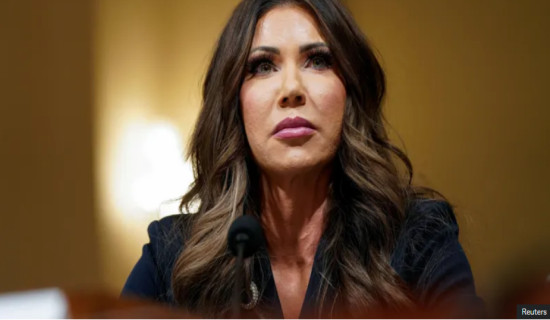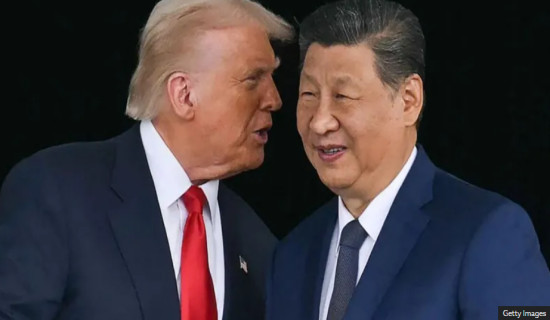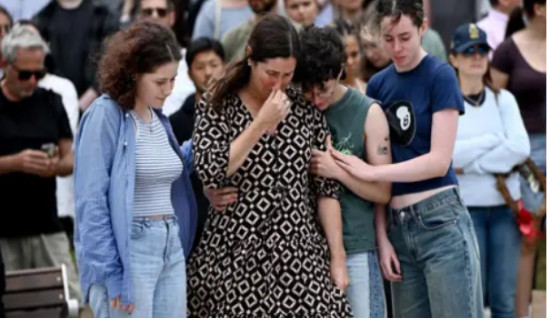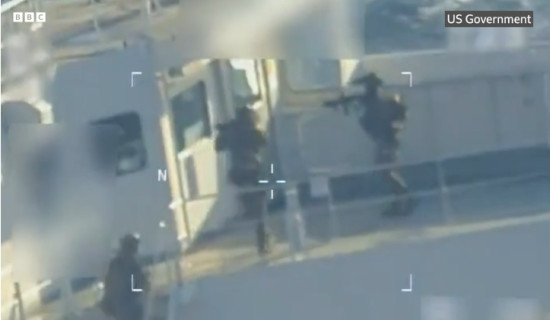- Thursday, 25 December 2025
Drenched in blood - how Bangladesh protests turned deadly
By Saumitra Shuvra, Tarekuzzaman Shimul and Marium Sultana, BBC Bangla, Dhaka, July 24: Anti-government protests have sparked nationwide clashes in Bangladesh between police and university students. At least 150 people have been killed - and some of those caught up in the bloodshed have described to the BBC what happened.
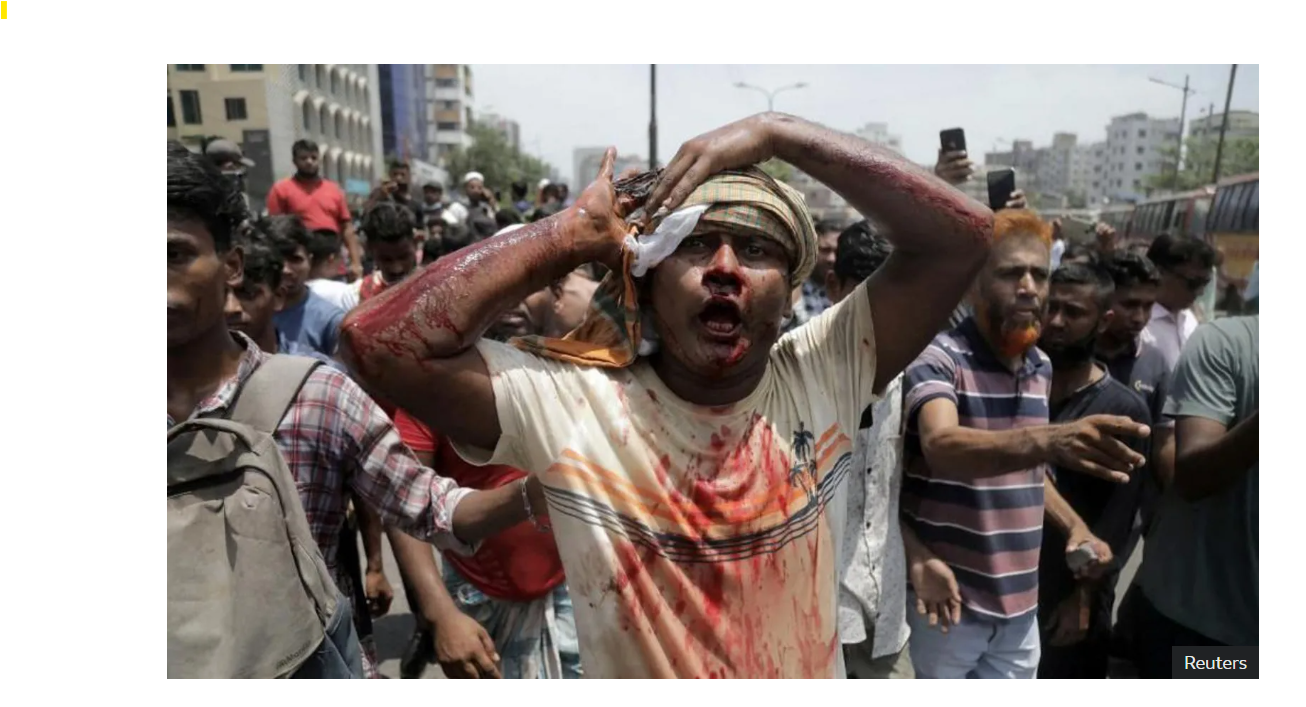 One student said demonstrators in the capital Dhaka just wanted to hold a peaceful rally, but the police "ruined" it by attacking them as they were gathering.
One student said demonstrators in the capital Dhaka just wanted to hold a peaceful rally, but the police "ruined" it by attacking them as they were gathering.
A student leader now recovering in hospital described how he was blindfolded and tortured by people claiming to be police.
Meanwhile, an emergency department doctor said they were overwhelmed as dozens of young people with gunshot wounds were brought in at the height of the clashes.
Security forces are accused of excessive force but the government has blamed political opponents for the unrest, which erupted after quotas were imposed on government jobs. Most of these have now been scrapped on Supreme Court orders.
A nationwide internet blackout since Thursday has restricted the flow of information in the country, where a curfew is being enforced by thousands of soldiers.
The violence is the most serious challenge in years to Sheikh Hasina, 76, who secured her fourth straight term as prime minister in January, in a controversial election boycotted by the country's main opposition parties.
Raya (not her real name), a student at the private BRAC university, told BBC Bangla she first joined the protests on Wednesday 17 July, but it was the following day that clashes with police got "really horrible".
"Police attacked students by throwing tear gas shells after 11:30am. At that moment, a few students picked up those tear gas shells and threw them back towards the policemen," was how she described it.
She said the police later started using rubber bullets and at one point trapped the students in their campus, even stopping them from taking the badly injured to hospital.
Then, in the afternoon, the police ordered them to leave.
"On that day, we just wanted to do a peaceful rally, but the police ruined the whole environment before we could do anything," Raya said.
Things took an even darker turn on 19 July, the day when most of the fatalities happened.
By 10:00, hundreds of protesters were battling police at Natun Bazaar near Rampura, not far from a normally secure district that's home to numerous embassies which now resembled a war zone.
The protesters were hurling bricks and stones at police who responded with shotgun fire, tear-gas and sound grenades, while a helicopter was firing from the air.
BBC reporters saw fires everywhere, burnt and vandalised vehicles left on the street, barricades – set up by police as well as protesters – dismantled steel road barriers and broken branches scattered on the road.
The police could be seen asking for reinforcements and ammunition which was quickly running out.
By this time hospitals in the city were starting to see large numbers of injured, many arriving on foot drenched in blood.
Emergency departments were overwhelmed as hundreds of patients flooded in over a short span of time.
“We referred critically injured patients to Dhaka Medical College Hospital as we could not manage them here,” one doctor who did not want to be named told BBC Bangla, saying most of the victims had been shot with rubber bullets.
Also speaking on condition of anonymity, another doctor at a government hospital said for a few hours it seemed like every other minute someone injured came in.
"On Thursday and Friday, most of the patients came with injury from gunshots," the doctor said. "On Thursday we performed 30 surgeries on a single six-hour shift.
"It was unnerving even for an experienced doctor... some of my colleagues and I were really nervous to treat so many injured young people."
The situation got worse by Friday evening with the government declaring a nationwide curfew and deploying the army on the streets.

It was after Friday's violence that one of the student leaders, Nahid Islam, went missing.
His father said he was taken from a friend's house at midnight on Friday, and reappeared more than 24 hours later.
Nahid himself then described how he had been picked up and taken to a room in a house, interrogated and subjected to physical and mental torture by people claiming to be detectives.
He says he fainted and only regained consciousness early on Sunday morning, at which point he walked home and sought hospital treatment for blood clots on both shoulders and his left leg.
In response to his allegations, Information Minister Mohammad Ali Arafat told the BBC the incident would be investigated but that he suspected "sabotage" - that someone was trying to discredit the police.
"My question is, if someone from the government has gone, why would they pick him up, detain him for 12 hours and release him somewhere, so that he can come back and make such a complaint?"
There are also questions about those who died, some of whom do not seem to have a proven connection to the protest movement.
BBC Bangla spoke to relatives of Maruf Hossain, 21, who was jobhunting in Dhaka after finishing his studies.
His mother said she told him not to go out during the protests but he was shot in the back while trying to escape the fighting, and later died in hospital.
Another of the dead, Selim Mandal, a construction worker, was trapped in a fire which broke out in the early hours of Sunday morning after violence in the area at a site where he was both working and living.
His charred body was found with those of two others. The cause of the fire is unknown.
Hasib Iqbal, 27, who died in the violence, was said to be a member of the protest movement but not deeply involved. His family said he wasn't really a part of it, but they're not sure how he died.
His father was shocked to learn of the death of his son, who had gone to Friday prayers. “We were supposed to go to prayers together, but since I was a little late, he went to the mosque alone,” Mr Razzaq told BBC Bengali.
Mr Razzaq later went out to look for him but only found out he had died hours later. His death certificate said he died of asphyxiation but relatives at his funeral found black marks on his chest.
Mr Razzaq does not plan to file a complaint with the police because "my son will never come back".
"My only son," he said, "I never dreamed of losing him like this."

